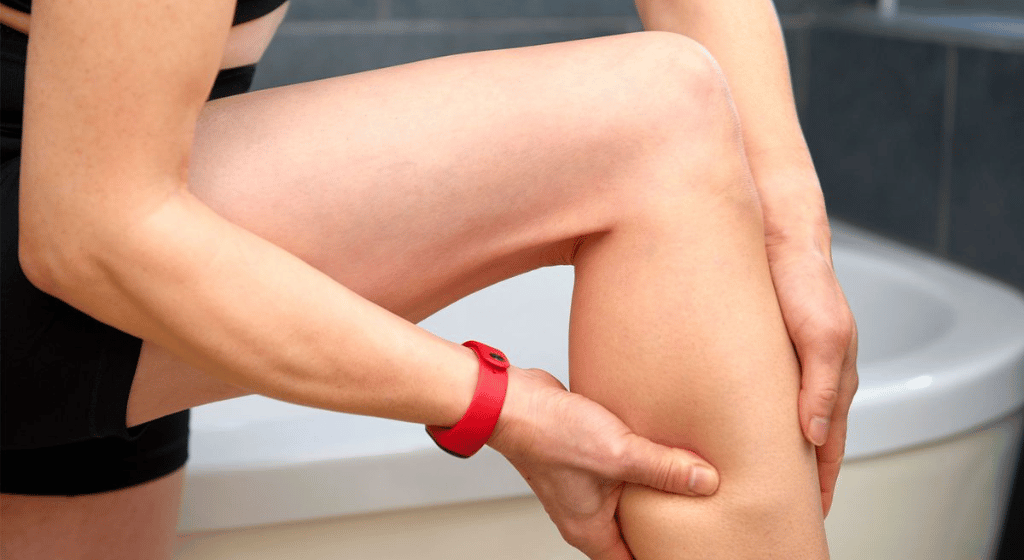How to avoid leg cramps and how to never get leg cramps again!!
While it may be difficult to completely eliminate the risk of leg cramps, there are several strategies you can adopt to reduce their frequency and severity. Here are some tips to help you avoid leg cramps:
1- Keep your body hydrated:
Dehydration can contribute to muscle cramps. Make sure you get enough water by drinking enough water throughout the day, especially if you are physically active.
2- Maintain a balanced diet:
Make sure you get enough potassium, magnesium and calcium in your diet. These minerals play an important role in muscle function. Foods rich in these minerals include bananas, oranges, green leafy vegetables, nuts, and dairy products.
3- Stretch regularly:
Stretching can help improve flexibility and reduce the risk of muscle spasms. Focus on stretching your calves, quadriceps, and hamstrings regularly.
4- Warm up before exercise:–
Cold muscles are more susceptible to spasm. Warm up your muscles before intense physical activity to prepare them for the increased demand.
5- Gradual exercise intensity:
Avoid sudden and intense increases in your exercise routine. Gradually increase the intensity and duration of your workouts to allow your muscles to adapt.
6- Appropriate shoes:
Make sure your shoes provide adequate support. Ill-fitting shoes can contribute to muscle spasms.
7- Massage and foam rolling:
Massage and foam rolling can help release muscle tension and improve circulation, reducing the possibility of cramps.
8- Electrolyte balance:
If you engage in strenuous physical activity, consider replenishing electrolytes lost through sweat by drinking sports drinks or electrolyte supplements.
9- Stress management:
Stress can contribute to muscle tension. Practice activities that reduce stress, such as meditation, deep breathing, or yoga.
10- Consult your healthcare professional:
If you suffer from persistent or severe leg cramps, it is recommended to consult a healthcare professional. They can help identify any underlying medical conditions and provide appropriate guidance.
Remember that individual factors may contribute to leg cramps, and what works for one person may not work for another. It is necessary to adopt a comprehensive approach that includes a healthy lifestyle, proper nutrition, and regular exercise to reduce the risk of leg cramps. If you have concerns or specific circumstances, it is recommended that you seek advice from a healthcare professional.



